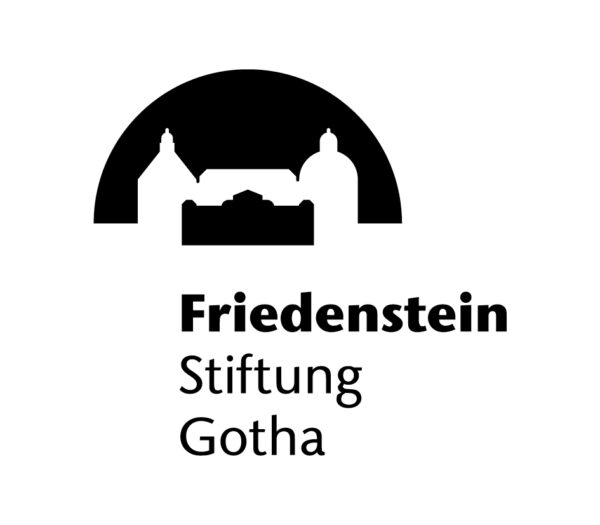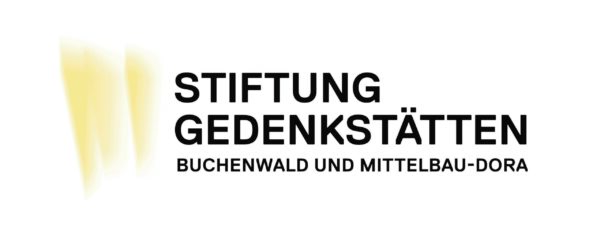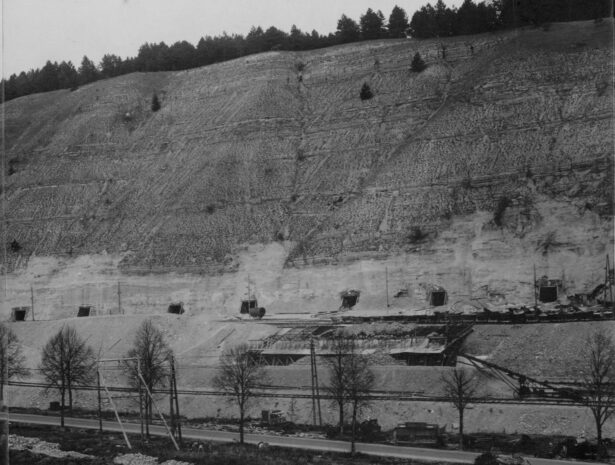Living remembrance of the Ohrdruf concentration camp

The Arolsen Archives are committed to promoting an active culture of remembrance, and they work towards this shared goal with a number of associations, initiatives, and foundations. Cooperative partnerships, like our partnership with the Ohrdruf concentration camp, show how this kind of cooperation can result in innovative learning and remembrance projects – thanks to the use of digital media and the active participation of young people.
Cooperation
In May 2022, the Friedenstein Castle Gotha Foundation launched a remembrance project called “Deutsche Erinnerungslücke KZ Ohrdruf” (German Memory/Remembrance Gap Ohrdruf Concentration Camp), which involves the Arolsen Archives and the Buchenwald and Mittelbau-Dora Memorials as partners. As part of the project, a virtual memorial site is being created for the victims of the camp, which was located south of Gotha. The project also includes workshops, campaigns, and a digital educational module titled “Suspicious. A Landscape of Crime.”
Christoph Mauny, education officer at the Weimar painting and drawing school, was the initiator of the school project. In January 2024, he received the Obermayer Award for this and other commemorative projects. He continues to work with the Arolsen Archives on developing and organizing workshops in Thuringia.
The “Suspicious: A Landscape of Crime” module is funded by the Federal Government Commissioner for Culture and the Media as part of the “Open Friedenstein!” project of the Friedenstein Foundation Gotha.







